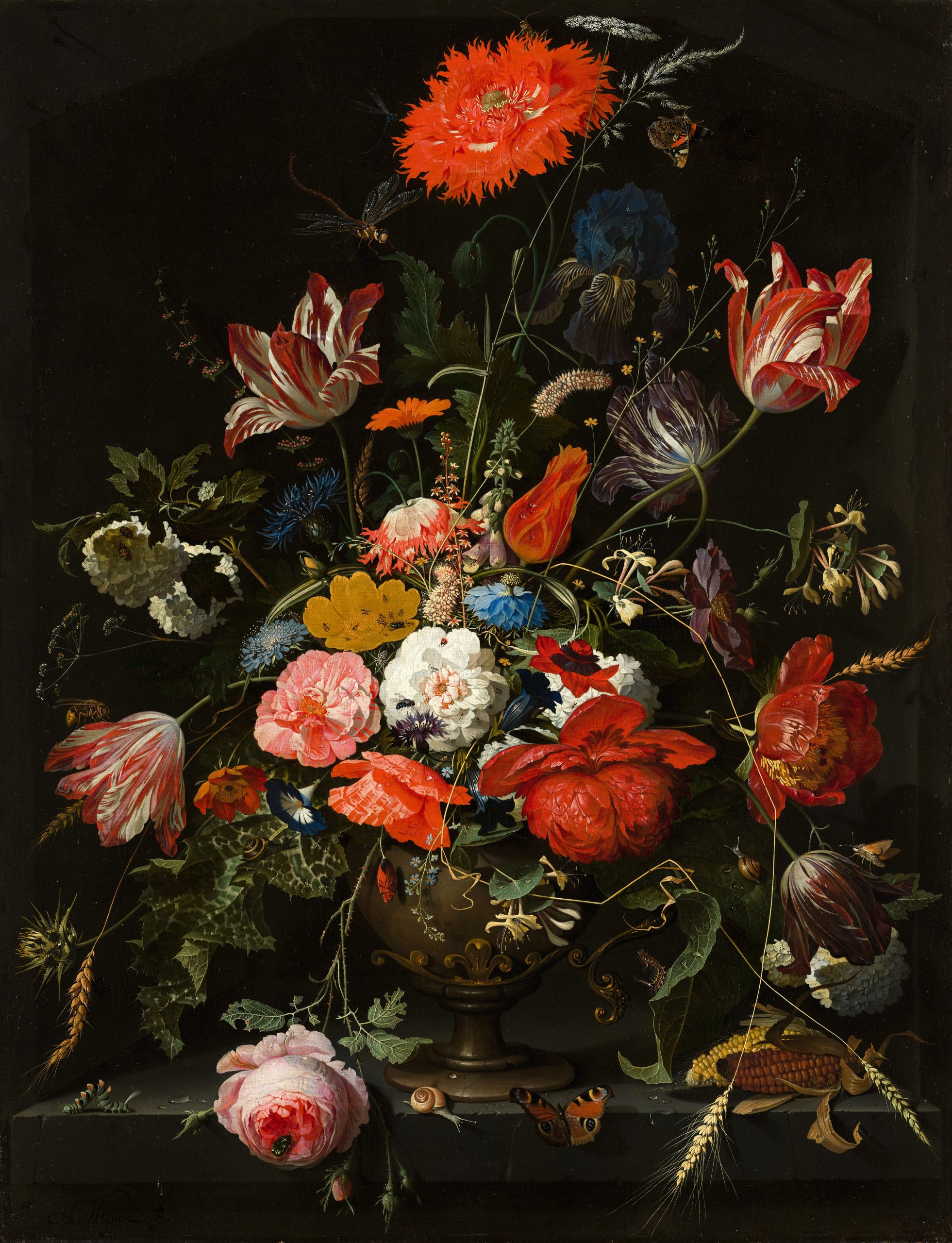Subheading: An Introduction to Botanical Art
Art has always been a means of capturing the beauty of nature and preserving it for generations to come. One genre of art that stands out for its meticulous attention to detail and its celebration of botanical wonders is botanical art. With its roots dating back centuries, this captivating form of artistry continues to enchant art enthusiasts and nature lovers alike. In this article, we will delve into the enchanting world of botanical art, exploring its history, techniques, and enduring appeal.
Subheading: A Historical Journey
Botanical art has a rich history that can be traced back to ancient civilizations. The Egyptians, for instance, depicted plants in their murals and tomb paintings, while the Chinese mastered the art of botanical illustration in their botanical manuscripts. However, it was during the Renaissance period that botanical art truly flourished, as explorers and scientists discovered new plant species and sought to document their findings accurately.
During the 17th and 18th centuries, botanical art became an indispensable tool for scientific study, with botanists and naturalists collaborating closely with artists to create accurate visual representations of plants. Notable botanical artists from this era include Maria Sibylla Merian and Pierre-Joseph Redouté, whose works continue to inspire artists to this day.
Subheading: The Techniques and Tools of Botanical Art
Botanical art requires precision, attention to detail, and a deep understanding of plant anatomy. Artists often employ various techniques and tools to create their botanical masterpieces. The most common medium used is watercolor due to its transparency and ability to capture the delicate hues and textures of plants. Colored pencils, graphite, and pen and ink are also popular choices.
One key aspect of botanical art is the process of observation. Artists spend significant time studying plants, examining their structure, color variations, and textures. They pay meticulous attention to every detail, capturing the intricate beauty of petals, leaves, and stems. Scale and proportion are crucial, as artists aim to portray plants in their true-to-life dimensions.
Subheading: The Enduring Appeal of Botanical Art
In today’s fast-paced digital world, botanical art offers a much-needed respite, allowing us to reconnect with nature in a meaningful way. Its timeless appeal lies in its ability to showcase the diversity and splendor of the natural world. Each artwork tells a story, capturing a moment in time and preserving it for eternity.
Botanical art also serves as a valuable educational tool. Through these detailed illustrations, we gain a deeper understanding of plant species, their characteristics, and their ecological significance. This art form bridges the gap between science and art, merging aesthetic beauty with scientific accuracy.
Subheading: Embracing Botanical Art in Modern Times
While rooted in tradition, botanical art continues to evolve and adapt to contemporary artistic styles and mediums. Many artists combine traditional techniques with digital tools, creating a fusion of old and new. Botanical art has found a place in galleries, museums, and even in our homes, where it adds a touch of elegance and serenity to any space.
Furthermore, botanical art has experienced a resurgence in popularity as more people seek solace in nature and yearn to bring its beauty indoors. Workshops and classes are available for aspiring artists to learn the techniques and principles of botanical art, fostering a new generation of talented individuals dedicated to this art form.
Subheading: The Botanical Art Legacy
As we gaze upon a beautifully rendered botanical artwork, we not only witness the talent and dedication of the artist but also the enduring beauty of nature. Botanical art has the power to ignite our curiosity, deepen our appreciation for the natural world, and inspire us to become stewards of the environment.




